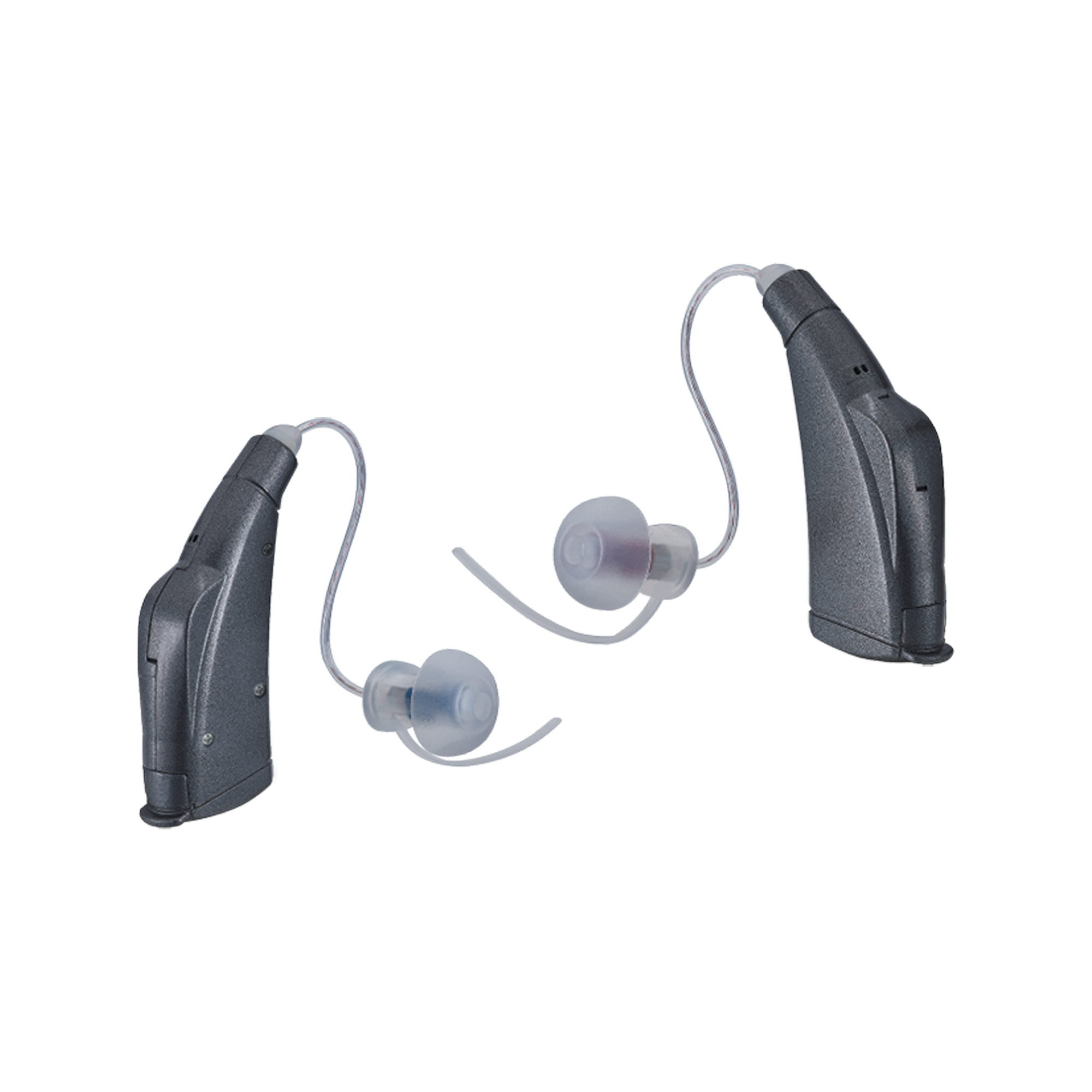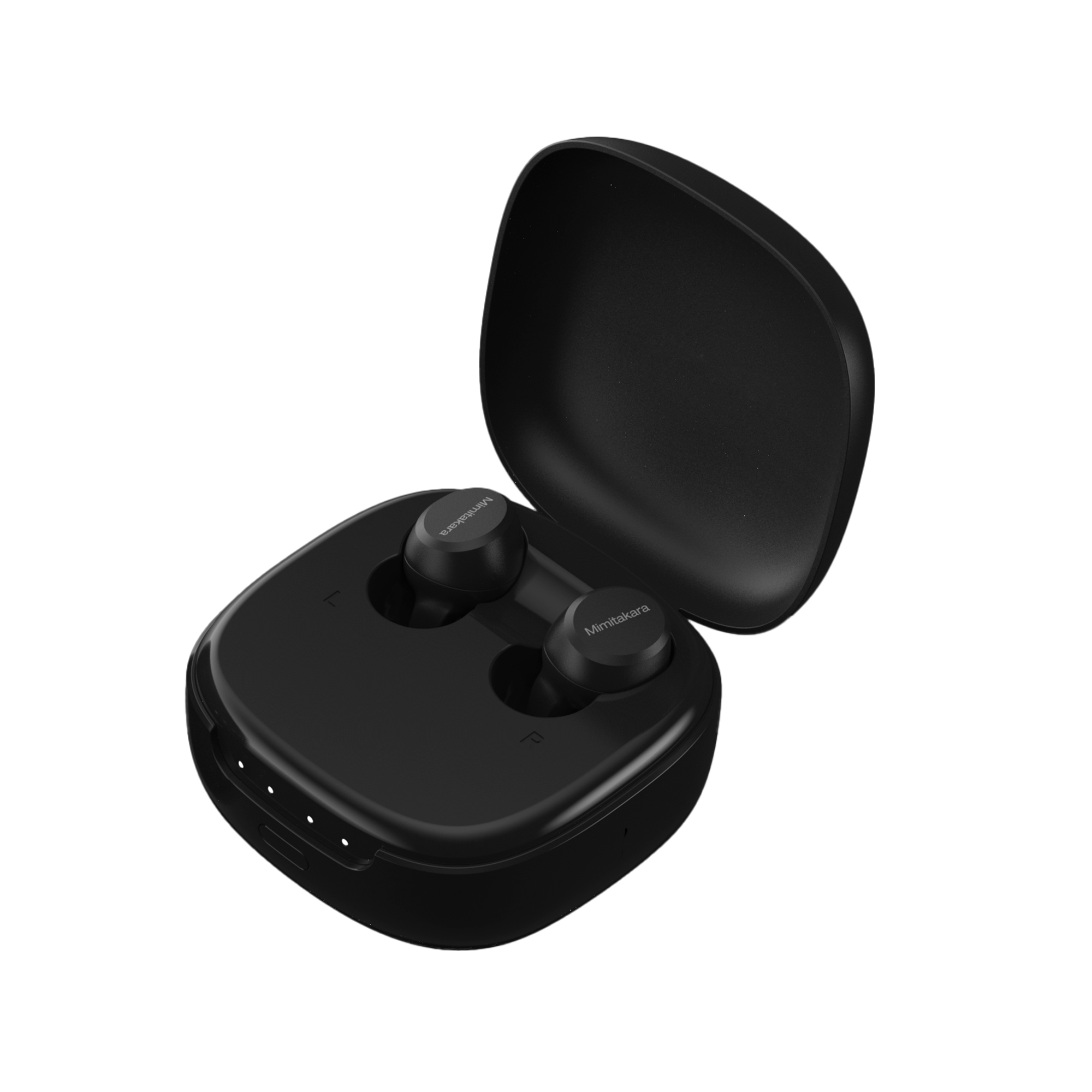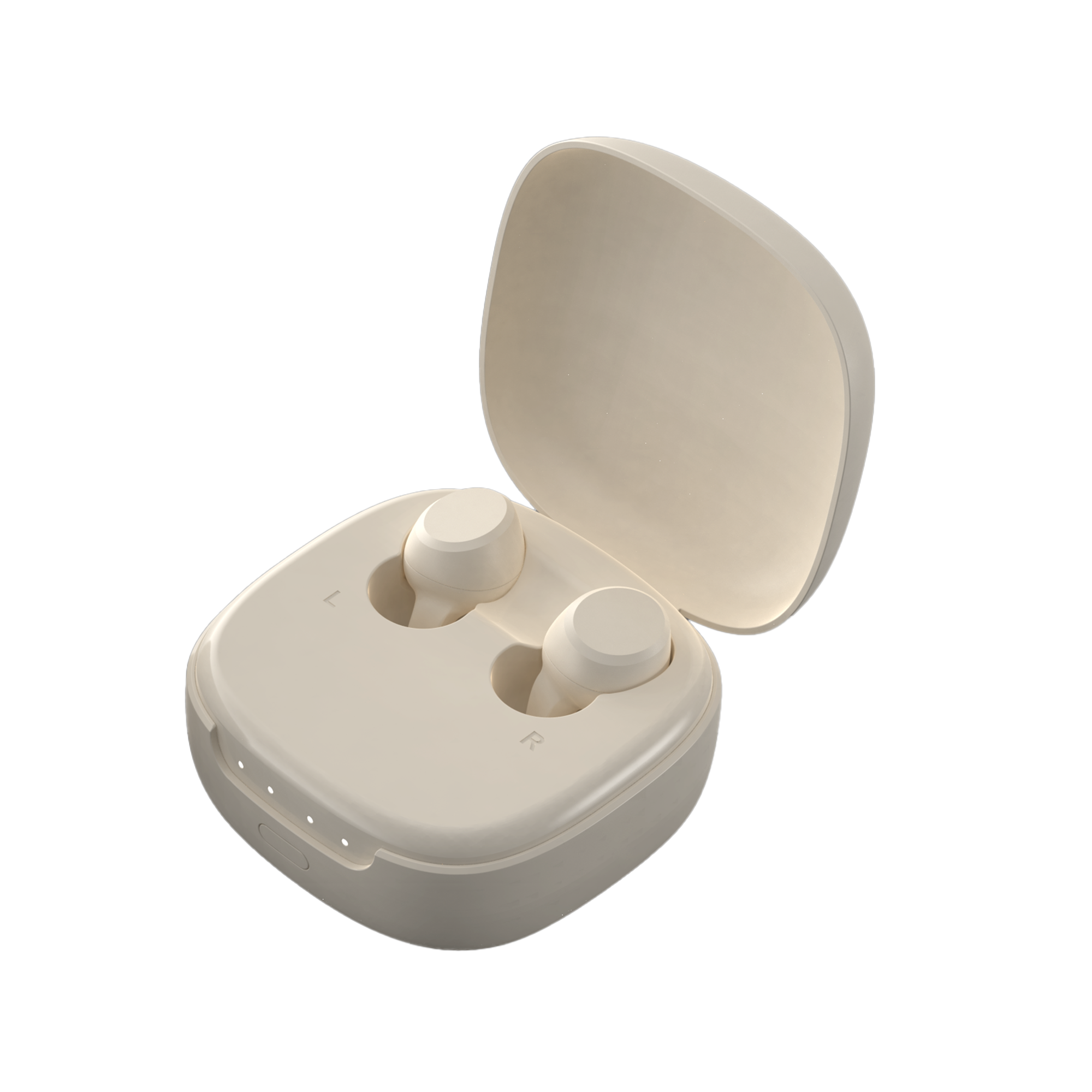Introduction
The symphony of life is composed of countless sounds, from the rustle of leaves to the laughter of loved ones. For those with hearing challenges, this symphony can become a muted, distant melody. In this blog post, we embark on a journey to understand the difference between 40 dB and 30 dB, exploring the significance of decibels and the transformative power of hearing aids.
Understanding the nuances of decibel levels is essential for grasping the challenges faced by individuals with hearing impairment and the crucial role that hearing aids play in enhancing their auditory experience. From the basics of decibel measurement to the impact of various levels on our hearing, we will unravel the science behind sound and explore the positive influence of advanced hearing aid technology.
Decibels Demystified
Before delving into the comparison of 40 dB and 30 dB, let's establish a solid foundation by demystifying the concept of decibels. Decibels are the unit of measurement for sound intensity, and our ears perceive them logarithmically. A mere 10 dB increase represents a tenfold increase in intensity, making the jump from 30 dB to 40 dB more impactful than it might seem at first glance.
The Impact of 30 dB
At 30 dB, we enter the realm of a soft whisper or a quiet library. For those with normal hearing, this might be a subtle background noise, but for individuals with hearing impairments, it can be a challenge to catch every nuance. Hearing aids, with their advanced amplification capabilities, become crucial allies in this soundscape, enhancing the clarity of speech and ambient sounds.
The Leap to 40 dB
As we ascend to 40 dB, the volume increases noticeably. This level is akin to a gentle rustling of leaves or the hum of a refrigerator. For individuals with hearing difficulties, this elevation in sound can be the key to unlocking a richer auditory experience. Here, hearing aids shine by intelligently adapting to different environments, ensuring that wearers can effortlessly navigate through the varied tapestry of daily sounds.
The Role of Hearing Aids
Hearing aids are not mere amplifiers; they are sophisticated devices designed to provide personalized solutions. Modern hearing aid technology goes beyond simply making sounds louder – it distinguishes between speech and background noise, adapts to different environments, and even connects seamlessly to other devices. By bridging the gap between 30 dB and 40 dB, hearing aids empower individuals to participate fully in conversations, appreciate music, and savor the small, delightful sounds that enrich life.
Beyond the Numbers: The Emotional Impact
It's not just about the numbers on a decibel scale; it's about the emotional impact of being able to fully engage with the world. Hearing aids offer more than just improved hearing; they provide a pathway to reconnect with loved ones, experience the joy of music, and revel in the beauty of nature's symphony. The journey from 30 dB to 40 dB is not just about volume; it's about regaining a sense of normalcy and actively participating in the tapestry of life.
The Advancements in Hearing Aid Technology
To appreciate the positive impact of Mimitakara hearing aids, it's essential to explore the advancements in technology that make these devices truly revolutionary. From artificial intelligence algorithms that adapt to individual preferences to discreet designs that prioritize comfort, the evolution of hearing aids reflects a commitment to enhancing the lives of those with hearing impairments.
Celebrating the Gift of Sound
Our exploration of 40 dB vs. 30 dB, it's evident that the journey is not merely a mathematical progression but a narrative of rediscovery and empowerment. Hearing aids, such as those crafted by Mimitakara, play a pivotal role in this journey, offering not just amplified sound but a renewed sense of connection and joy. As we celebrate the gift of sound, let us continue to champion the positive impact of hearing aids in transforming lives and creating a world where everyone can revel in the beauty of sound.










